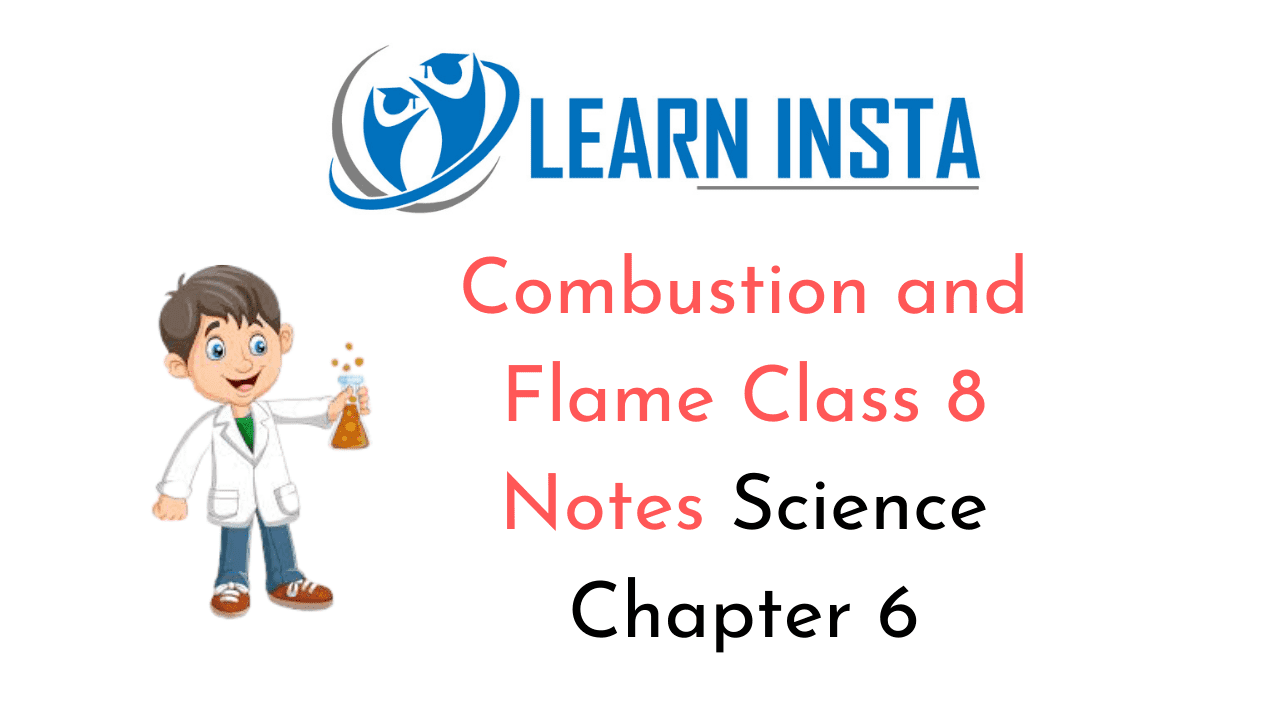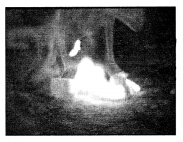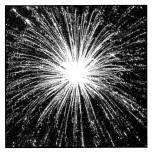
On this page, you will find Combustion and Flame Class 8 Notes Science Chapter 6 Pdf free download. CBSE NCERT Class 8 Science Notes Chapter 6 Combustion and Flame will seemingly help them to revise the important concepts in less time.
CBSE Class 8 Science Notes Chapter 6 Combustion and Flame
Combustion and Flame Class 8 Notes Understanding the Lesson
1. Combustion is a chemical process in which a substance reacts with oxygen to give out heat energy.
2. All the substances that undergo combustion are said to be combustible.
3. A combustible substance may be solid, liquid or gaseous.
4. The presence of air is very necessary for combustion.
5. The lowest temperature at which a substance catches fire is known as its ignition temperature.
6. Some substances have very low ignition temperatures and they catch fire easily with a flame. They are known as inflammable substances; e.g., Petrol, LPG (Liquefied Petroleum Gas), alcohol, etc.
7. There are three significant requirements for producing fire fuel, air (for the supply of oxygen), and heat (to raise the temperature of the fuel above its ignition temperature).
8. When a substance burns rapidly and produces heat and light, the combustion is called rapid combustion.
9. When a material begins to burn suddenly without any external supply of heat or friction, the combustion is called spontaneous combustion; e.g., white phosphorus catches fire even at 25°C.

10. So, when the temperature goes beyond 25°C in summer, it catches fire automatically.
11. During combustion, when a large amount of heat and light is released with a bang or force, along with the production of gas, the combustion is called an explosion; e.g., bombs and fireworks, etc.

12. Flame is the region where combustion of gaseous substances or vapour goes on.
13. There are three distinct zones of a flame dark zone, luminous zone and non- luminous zone.
14. The amount of heat energy produced on burning 1 kg of a fuel completely is called the calorific value of that fuel.
15. The calorific value of a fuel is expressed in a unit called kilojoule per kilogram (kJ/kg).
16. A good fuel is one which is readily available, cheap, burns easily, produces large amount of heat and does not leave any undesirable substances.
17. The cutting down of trees is termed as ‘deforestation’.
18. The rise in temperature of the atmosphere of the earth is called global warming.
19. Water is commonly used to extinguish fire.
20. Rain containing acids that form in the atmosphere when industrial gas emissions (especially sulphur dioxide and nitrogen oxides) combine with water is known as acid rain.
Class 8 Science Chapter 6 Notes Important Terms
Acid rain: Rain containing acids that form in the atmosphere when industrial gas emissions (especially sulphur dioxide and nitrogen oxides) combine with water is known as acid rain. It harms trees, crops and buildings.
Calorific value: The amount of heat energy produced on combustion of 1 kg of fuel completely is called its calorific value.
Combustion: It is a chemical process in which a substance reacts with oxygen (in air) to emit heat and light.
Deforestation: The removal of trees on a large scale is termed as deforestation.
Explosion: A combustion reaction during which a large amount of heat and light energy is released, along with a bang or force with the production of gas, is called explosion.
Flame: It is a region where the combustion of gaseous substances or vapour goes on.
Fire extinguisher: A manually operated device used for extinguishing fire is known as a fire extinguisher.
Fuel: It is a material which is burn to produce heat.
Fuel efficiency: It is a parameter used to check the quality of fuel. It is expressed in term of its calorific value.
Global warming: An increase in the average temperature of the earth’s atmosphere, especially a sus-tained increase that causes climatic changes.
Ideal fuel: It is the fuel, that satisfies all the necessities of a fuel for specific uses.
Ignition temperature: The lowest temperature at which a substance catches fire is called its ignition temperature.
Inflammable substances: They are the substances that have a very low ignition temperature, and that can easily burn with a flame.